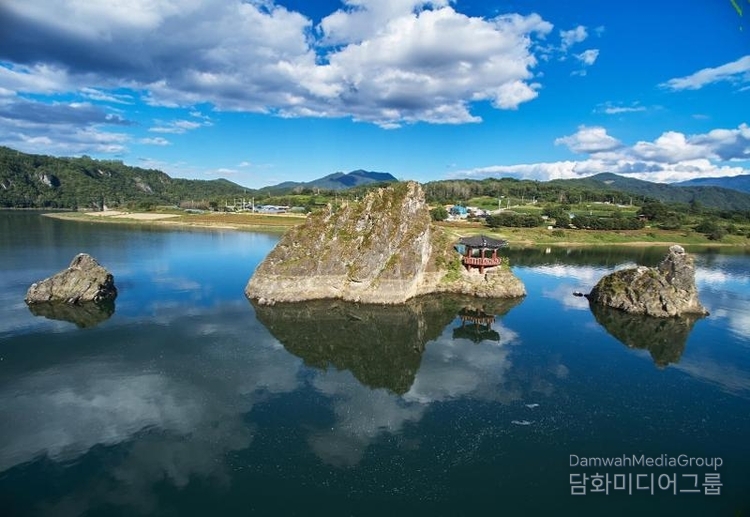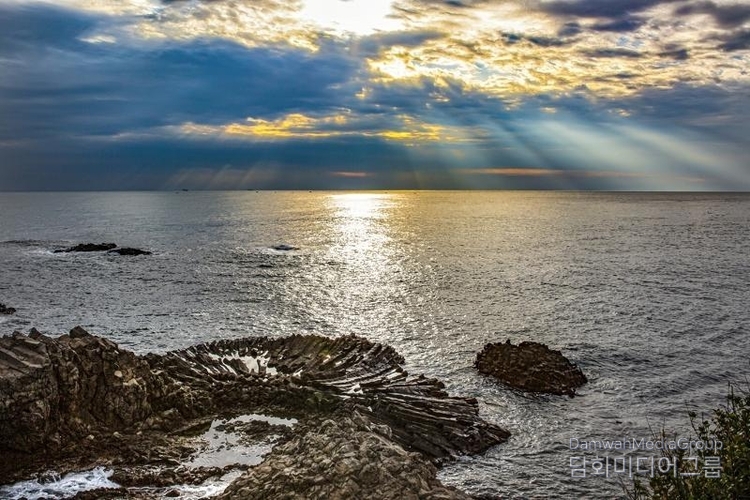By Diplomacy Journal Lee Kap-soo
UNESCO has designated Danyang-gun County, Chungcheongbuk-do Province, and Donghaean, or the eastern coastal region of Gyeonsangbuk-do Province, as Global Geoparks, the Ministry of Environment said on April 14.
In an executive board meeting on April 10 in Paris, UNESCO designated Danyang-gun and Donghaean, which spans Pohang, Gyeongju, the counties of Yeongdeok-gun and Uljin-gun, as Global Geoparks.

The designation comes through a comprehensive evaluation of not only geological value, but also connections to ecological, historical and cultural resources, cooperation with local communities and sustainable management systems.
One of the nation's leading karst landscapes, Danyang-gun has a unique terrain formed by the erosion of soluble rocks over a long period of time. It is considered the ideal site to study the tectonic structure of the Korean Peninsula thanks to coexisting strata with a time difference of 1.3 billion years.

Donghaean is home to the peninsula's largest Cenozoic fossil site, commanding high academic, educational and tourism value for its diverse geological landscapes and traces of East Asia's tectonic formation and magma activity.
With the addition of the two sites, Korea has seven UNESCO Global Geoparks. The other five are Jeju Island (2010), Cheongsong in Cheongsong-gun County, Gyeongsangbuk-do (2017), the area around Mudeungsan Mountain near Gwangju (2018), Hantangang River (2020) and Seohaean, or the western coast of Jeonbuk State, aka Jeollabuk-do Province (2023).
